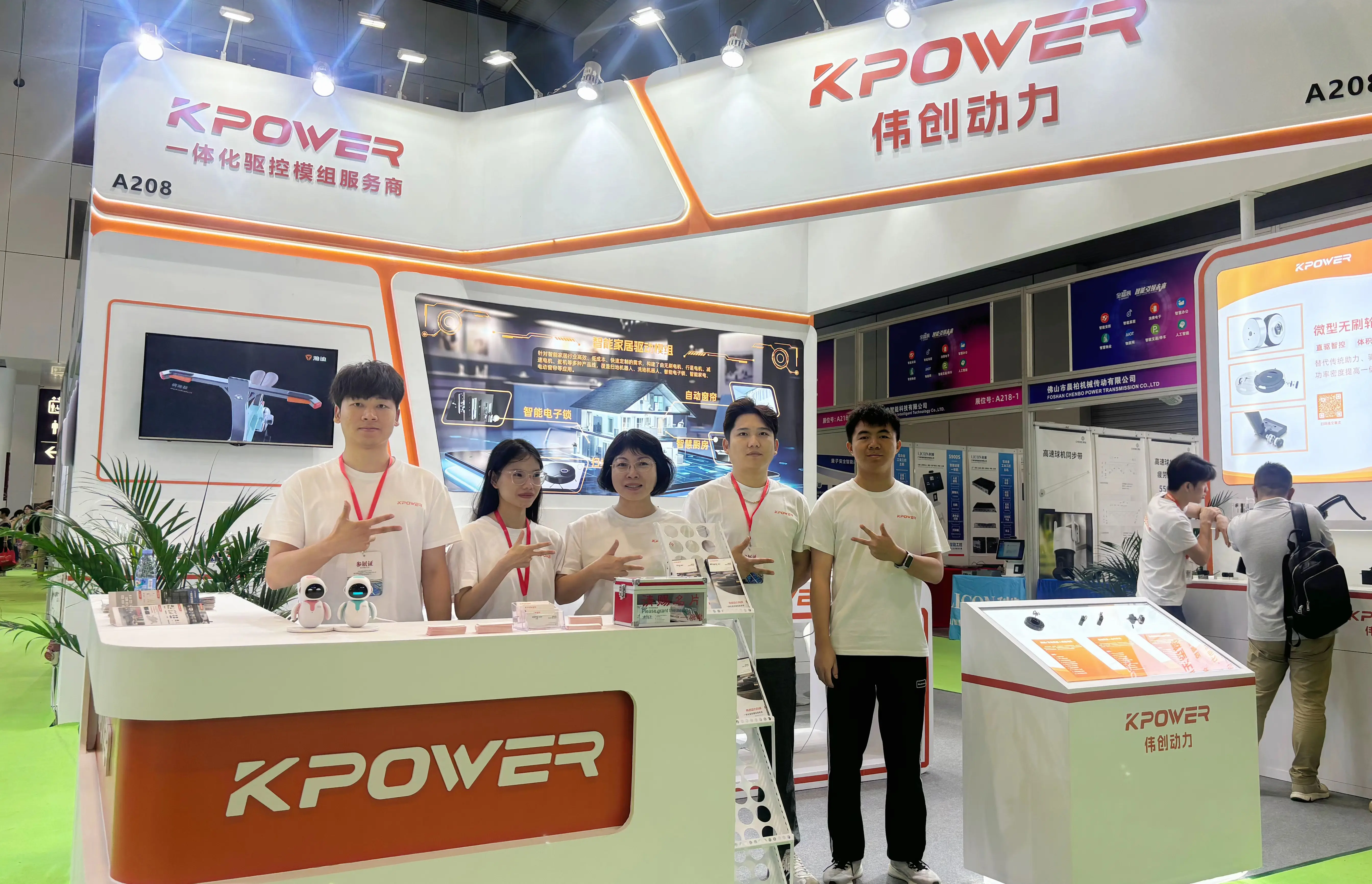Unleashing Creativity: Innovative Projects Using Servo Motors to Transform Ideas into Reality
Imagine a world where your ideas come alive, moving, responding, and interacting seamlessly with your environment. At the heart of many modern innovations lies a small but mighty component: the servo motor. Known for its precision, responsiveness, and versatility, the servo motor has become an essential building block in countless projects, spanning from simple educational experiments to complex robotics and automation systems. If you're eager to explore the endless potential of servo motors, this article will guide you through some inspiring projects and the magic that makes them possible.

The Power of Servo Motors in Modern Engineering
Servo motors are designed for precision control of angular or linear position, velocity, and acceleration. Unlike typical motors, which just spin freely, servos include a feedback mechanism and a control circuit. This setup allows for highly accurate position control, making them ideal for applications requiring fine movement and repeatability. Their compact size, ease of control, and adaptability make servo motors perfect for hobbyists and professional engineers alike.
Educational and Hobbyist Projects: The Launchpad for Creativity
One of the most popular ways to get started with servo motors is through educational kits and hobbyist projects. These serve as practical entry points into robotics, automation, and interactive art.
Basic Robotic Arm: A straightforward yet insightful project involves creating a robotic arm that can pick up, move, and place objects. Using servo motors to control the joints, you can program the arm to perform repetitive tasks, enhance your understanding of kinematics, and experiment with different algorithms for movement.
Wireless Camera Gimbal: Stabilizing cameras is a challenge that was once exclusive to high-end equipment. But with a few servo motors, a smartphone or small camera can be stabilized to capture smooth videos, opening doors for aspiring filmmakers or photographers.
Automated Plant Watering System: Integrating sensors, a servo-controlled valve, and a microcontroller, hobbyists can build an automated watering system that monitors soil moisture and adjusts water flow accordingly, exemplifying how servo motors support automation in everyday life.
Robotics Projects: Pushing the Boundaries of Motion
Robotics represents one of the richest domains for servo motor utilization, offering a vast canvas for innovation.
Humanoid Robots: Creating robots with lifelike movements, from waving to walking, relies heavily on multiple servo motors functioning in harmony. These projects deepen understanding of control systems, sensors, and programming.
Hexapod Robots: Six-legged robots require precise control of each limb, often driven by servo motors. They emulate insect-like movement, enabling exploration of gait patterns, terrain navigation, and stability algorithms. Such projects combine mechanical design with software finesse.
Autonomous Vehicles: While full-fledged self-driving cars are complex, small-scale autonomous vehicle prototypes utilize servo motors for steering and obstacle avoidance, fostering learning around sensors, embedded systems, and navigation.
Creative Art Installations and Interactive Displays
Servo motors transcend engineering, becoming tools for art and storytelling as well.
Kinetic Sculptures: Artists incorporate servo motors to animate sculptures, creating mesmerizing moving installations that capture the imagination. This synergy between technology and art introduces new language in creative expression.
Interactive Exhibits: Museums and galleries employ servo-powered displays that respond to viewer movements or sound, making exhibits engaging and immersive.
Musical Instruments: Servo motors can manipulate keys, strings, or percussion elements, leading to automated or robotic musical performances that showcase how motion control intersects with creativity.
Designing a Servo-Based Project: Key Considerations
Starting your own project using servo motors involves understanding several critical factors to ensure success:
Type of Servo: Hobby servos are ideal for lightweight tasks and learning, while high-torque or industrial servo motors are suited for demanding applications.
Power Supply: Servos can draw significant current. Ensuring a robust power source prevents performance issues and damage.
Control System: Microcontrollers like Arduino, Raspberry Pi, or dedicated servo controllers facilitate programming and coordination of multiple servo motors.
Precision and Feedback: For high-accuracy projects, choose servos with feedback sensors and fine resolution capabilities.
Mechanical Design: The physical setup needs to accommodate the torque, range of motion, and mounting requirements of your servo.
Getting Started with Your Own Project
Embarking on a project using servo motors is accessible and rewarding. For beginners, starting with a simple robotic arm or steering mechanism provides foundational skills. As confidence grows, you can integrate sensors, wireless control, or even AI for more complex behavior.
Online communities, tutorials, and resource repositories offer abundant guidance, from wiring diagrams to code snippets. Experimenting, troubleshooting, and iterating become part of the creative journey, fostering both technical skills and problem-solving abilities.
In the next part, we will dive deeper into advanced applications, innovative integrations, and tips to elevate your servo motor projects to new heights. Whether you aim to build a mini-robot or an interactive art piece, the possibilities are limited only by your imagination.
Kpower has delivered professional drive system solutions to over 500 enterprise clients globally with products covering various fields such as Smart Home Systems, Automatic Electronics, Robotics, Precision Agriculture, Drones, and Industrial Automation.




































